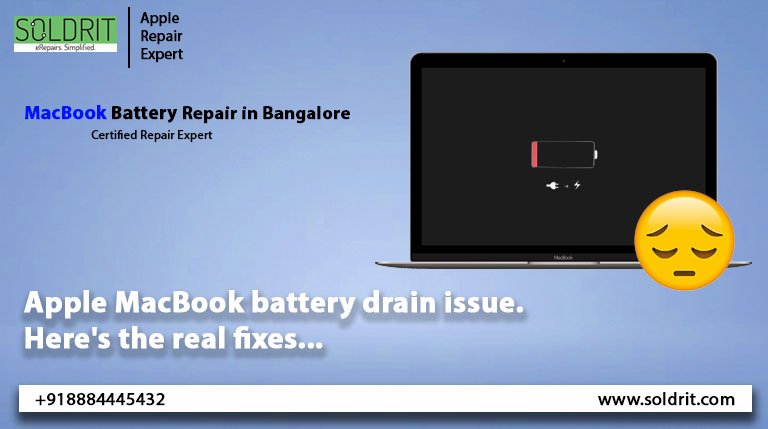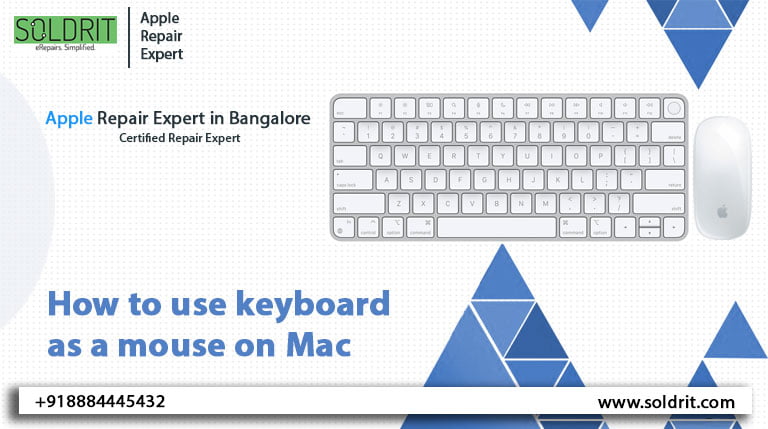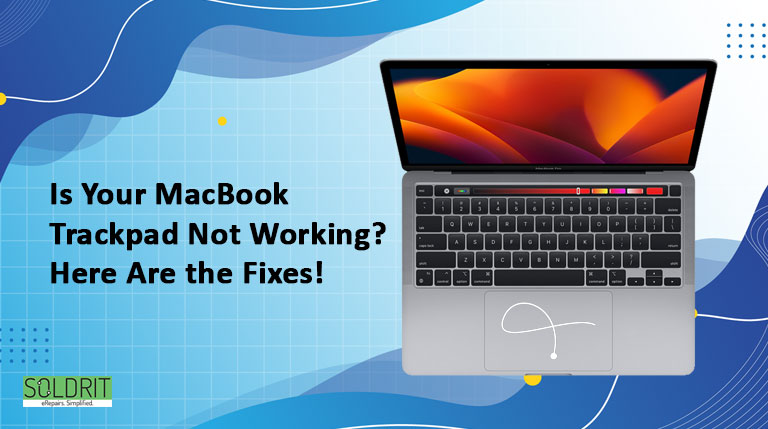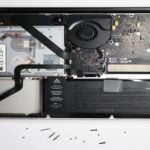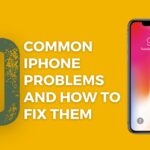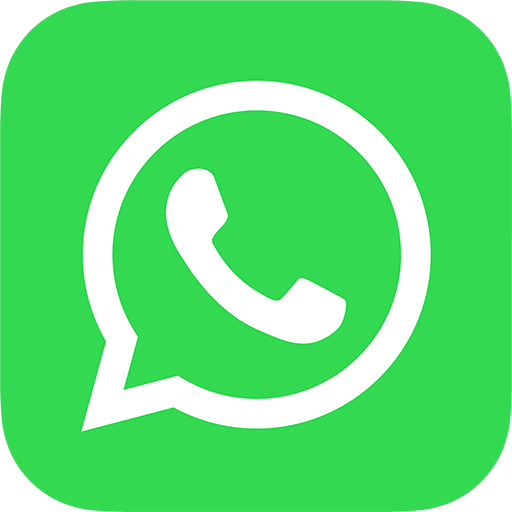Nothing is more annoying than seeing a message that says, “You are now running on battery backup.” In newer versions of macOS, it might read, “Low battery: Your Mac will soon go to sleep when it’s unplugged.”
This warning usually does not have much of an impact if you are close to a wall outlet. Normally, all you have to do is unplug the charger, plug it in, and your MacBook Pro is back to normal. Unfortunately, it’s not always that easy, especially if you’re using an old MacBook Pro, which has a tendency to MacBook pro battery draining fast and have other issues over time, just like other technological gadgets.
The warning might appear too often, sooner than usual, or the battery may just keep acting up over time. That’s when you’ll need to how to fix the MacBook battery and figure out what to do.
How can you protect from more MacBook battery issues than you think? Find out below what could be causing your battery to drain so fast, and how to fix it.
Contents:
- Battery Knowledge Time
- Your MacBook battery is draining faster than usual
- MacBook Pro won’t charge to capacity or won’t charge at all
Battery Knowledge Time:
It’s a good idea to regularly check your MacBook’s battery life. Now you are thinking about how to make your MacBook battery last longer: CleanMyMac X is the most convenient way to do this. Just click the icon on your Mac menu bar, and you’ll see an overview of the battery’s health. Besides this, it also comes with a wide range of utilities that can help you quickly clean up your Mac drive, uninstall unwanted apps in batches and optimize startup items, among others.
Battery life is not always predictable. There can be a significant impact on hardware performance from changes in temperature, usage, and settings, and should always be considered before any potential problems arise.
Apple MacBook battery life is influenced by habits. You might not realize it, but certain behaviors, such as using resource-heavy apps or multitasking extensively, can decrease battery life. These behaviors need to be considered as possible battery drainers while using your MacBook.
A battery problem is rarely caused by a bug. There are very few unresolved bugs with Apple products unless you have the latest software and the latest version of Mac OS. This means that your problem is probably caused by something else, e.g. B. by usage patterns or hardware errors.
Your MacBook battery is draining faster than usual:
When you notice that your MacBook battery draining fast, it might be because you’re using it twice as much. If you recently made a significant change to your workflow, such as increasing your multitasking abilities, that could be the cause of your seemingly sudden battery drain.
You can get a basic overview of which apps are using the most power by clicking on the battery icon in the top right corner of your MacBook. This shows you which apps are currently using the most powerful and gives you an idea of what is using them.
Macs run dozens of apps in the background without us realizing it. It is possible that some of these are running because we forgot about them. Others may have been opened during the boot process. Additionally, other threats may not be apparent to us, such as malware, ransomware, or other viruses designed to steal data, mine cryptocurrency, or even run remote DDoS attacks on our computers. As you can see, such behavior isn’t ideal. You don’t want software running that drains your power, steals your data, or uses your MacBook for something you aren’t even aware of. Our recommendation for solving these possible battery draining issues is to take the following steps:
- Install CleanMyMac X.
- Click the Uninstall button.
- Once it scans every application on your system, you can either click to rest or safely uninstall anything you don’t need.
Default settings in your computer are using excessive energy while you work. Here are a few steps you can take to reduce the amount of battery your MacBook Pro uses while working:
- When you aren’t using any Bluetooth accessories, you should always turn off Bluetooth. The Bluetooth icon can be found on top of the menu bar. Turn off Bluetooth by clicking Turn Bluetooth Off.
- Your screen’s lighting consumes more power as well as light bulbs with the brightest colors. Take a look at the Displays settings in Preferences and make a few adjustments there. Ensure that the “Automatically adjust brightness” checkbox is checked.
- Use the battery saver settings: Open System Preferences and choose Battery (for macOS Big Sur or Monterey) or Battery Saver (for macOS Catalina or earlier). You can save battery by reducing the amount of time the MacBook and display spend sleeping.
MacBook Pro won’t charge to capacity or won’t charge at all:
If your MacBook is placed in extended storage with its battery full or without any, the battery is likely to suffer. Apple claims that leaving MacBooks with lithium-ion batteries on less than 20% charge for more than two days can have a similar effect. The lithium-ion batteries in MacBook Pros should be charged (or discharged) to 50% for being stored for anything longer than a few days. If you store your computer for several months, you should charge it to 50% every six months in order not to lose the battery capacity of your MacBook.
It may seem simple, but sometimes the problem isn’t with your computer, but with the wall adapter you are using to charge it. If your wall adapter is damaged or dirty, you won’t be able to charge your MacBook Pro. If the charger’s LED doesn’t light up, you see sparks when you plug it in, or your computer only charges sometimes, the charger is almost certainly at fault.
There is no problem if the battery isn’t charging between 93% and 98% since this is a normal function to avoid short charging cycles due to increased battery wear. However, if it doesn’t reach 90%, you may have a real problem.
Charge your Mac up to 100% with the adapter and run it with the charger attached for two hours before trying a more complex solution. Allow your MacBook’s battery to drain to 0%, and let it shut down by itself for at least five hours before you power it on. Now that the battery is calibrated.
Conclusion:
It is no secret that MacBook battery issues are annoying. They ruin productivity. They create constant uncertainty and seem to have no easy solutions. While this guide identifies many of the main causes of untimely battery depletion, there is a possibility that your particular problem may not be mentioned here.
When none of the above solutions seem to work, we recommend checking out a reputable and active Apple MacBook repair service center. We Soldrit, a MacBook repair shop in Bangalore, With our MacBook battery replacement service, we offer fast, fair pricing, and a rapid turnaround time. I still can’t find a solution, you can too or call us directly.
Similar Blog:
How to know if it’s time to replace your MacBook Battery?
7 Tips to Extend the Life of Your MacBook Battery
Water Spilled on MacBook? Check out these 8 tips to protect your MacBook

